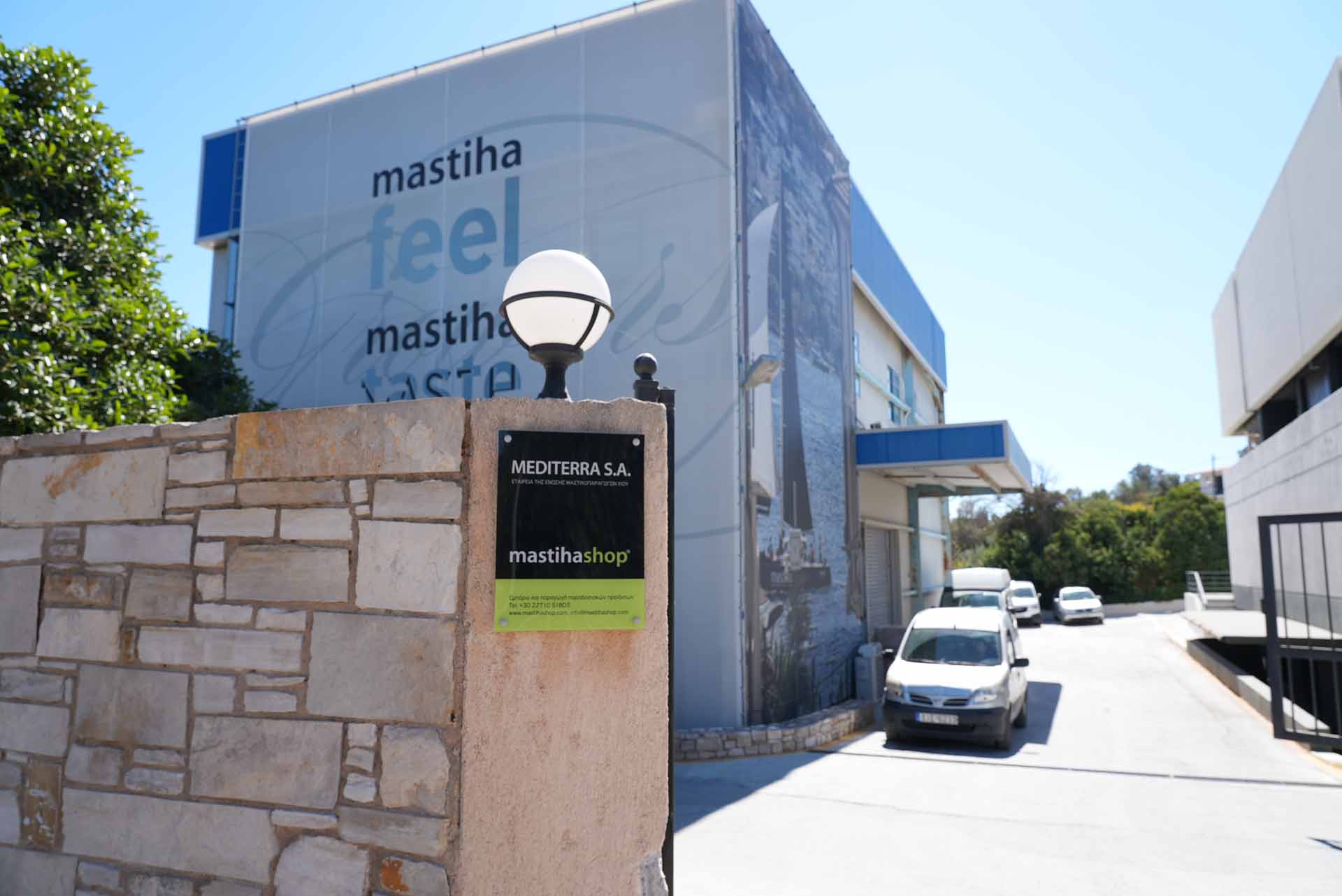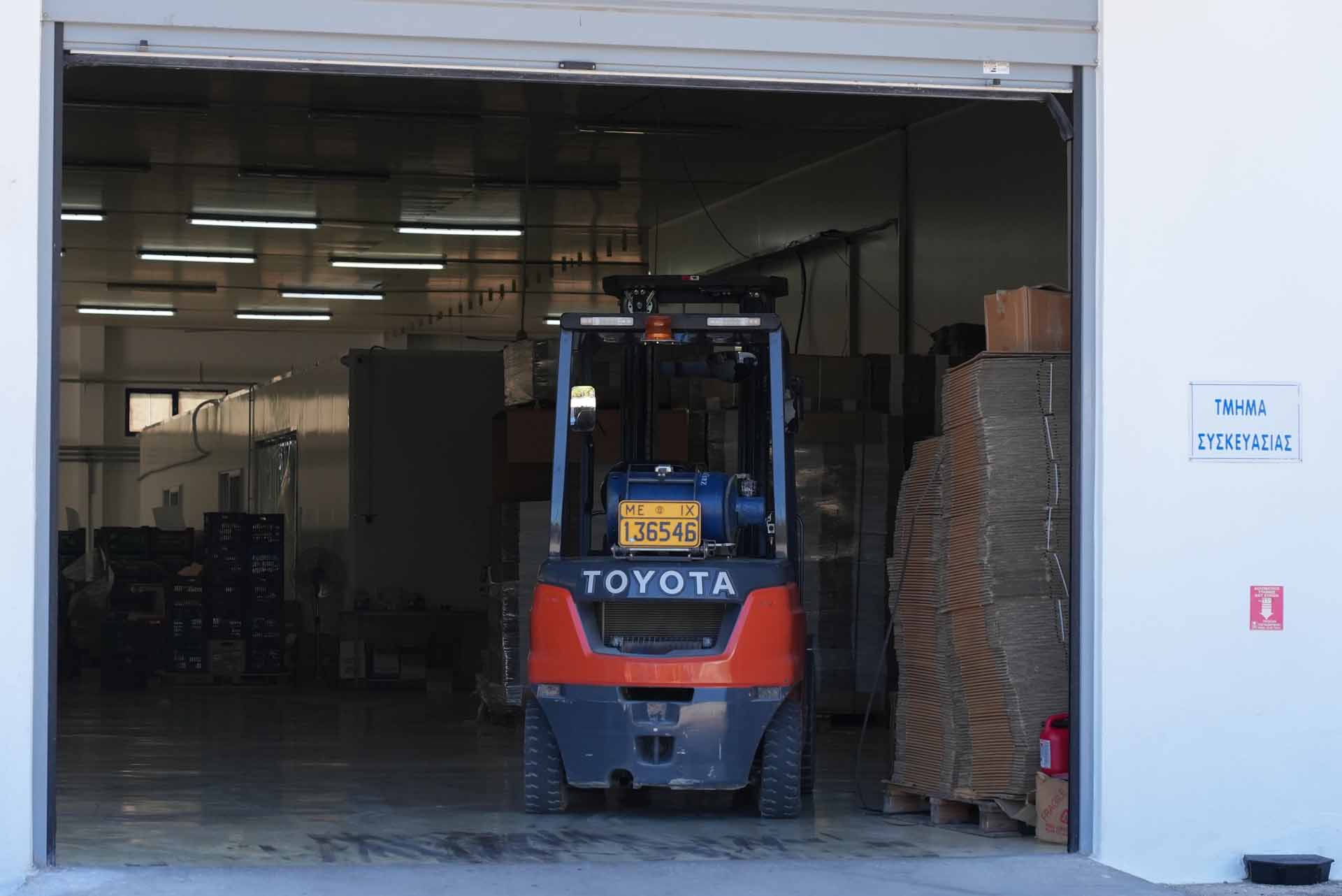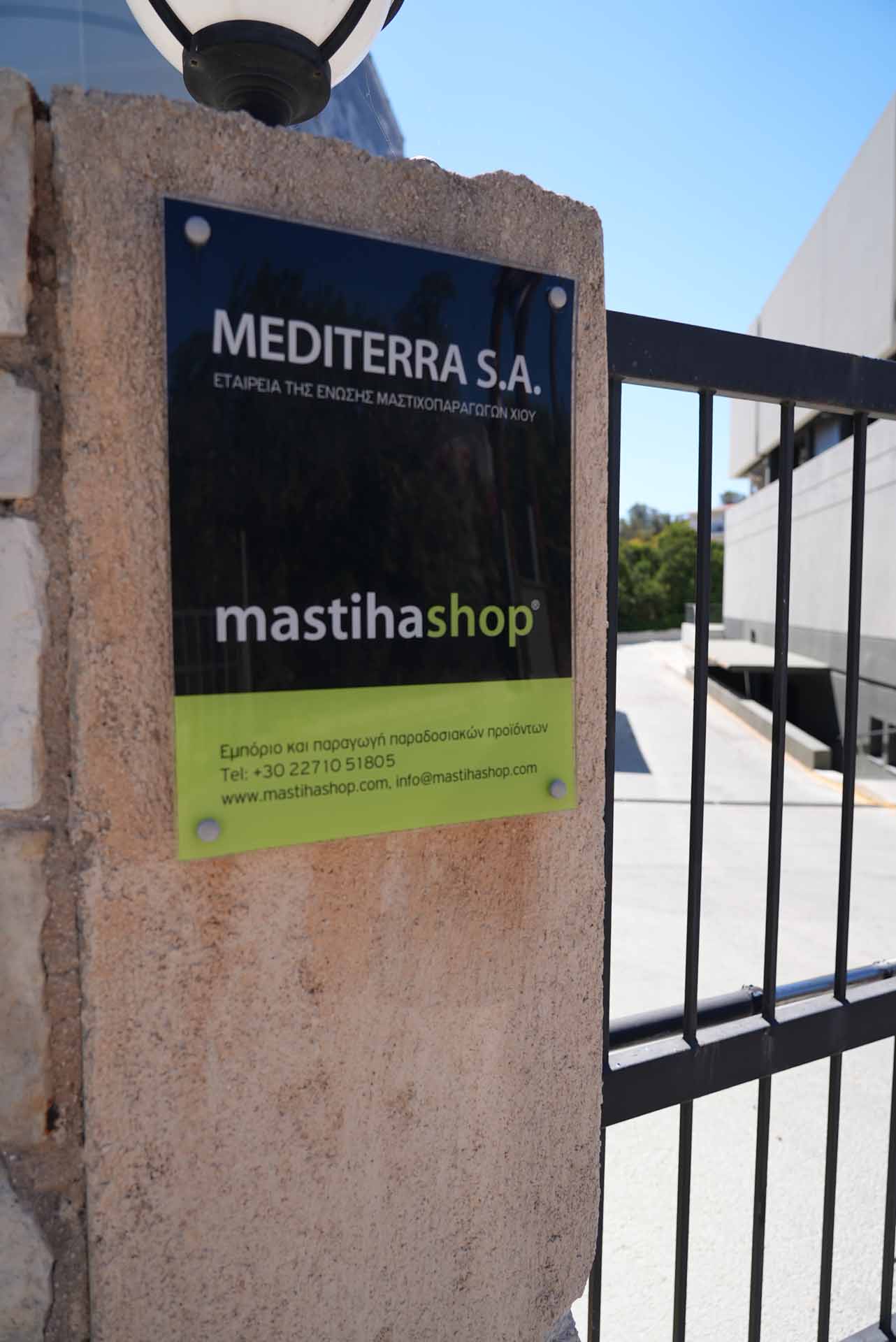The mastiha production is a centuries-old tradition that has defined the landscape of southern Chios. The first organised efforts to exploit mastiha date back to Genoese rule. In 1347, the MAONA company was founded, which collected taxes and held the exclusive rights to manage and trade the product. During the Ottoman occupation, the trade of mastiha was liberalised, but a portion of the production was reserved for the Sultan’s emissary. The First World War brought a crisis to the mastiha trade, which normalised after the war’s end, though the product never regained its former privileged status. This led the producers to cooperative efforts, and thus began the history of the Chios Mastiha Growers Association, which is managing the mastiha production in the island since 1938.
Initially, the Association focused on finding commercial networks and packaging. In the 1960s, it began processing natural mastiha, producing mastiha chewing gum and mastiha oil. In 1985, a modern gum factory, ELMA, was established. A significant milestone came in 1997 when Chios mastiha, mastiha oil, and ELMA gum were recognised by the European Union as Protected Designation of Origin (PDO) products. In 2009, the Mastiha Museum was found through a collaboration between the Association and Piraeus Bank.
Today, mastiha is used in many industries, including medicine, pharmaceuticals, cooking, confectionery, distillation, painting, and perfumery. Since November 2015, mastiha cultivation is part of the UNESCO Intangible Cultural Heritage list. In the same year, it was acknowledged by the European Medicines Agency for its medicinal properties, particularly for treating stomach disorders and skin inflammations.


















